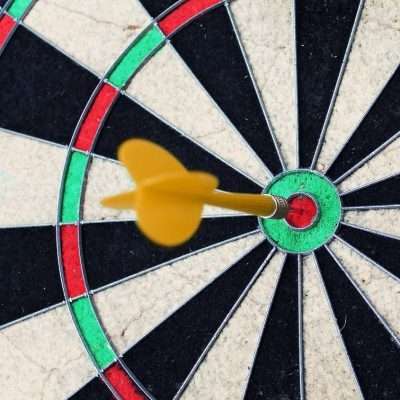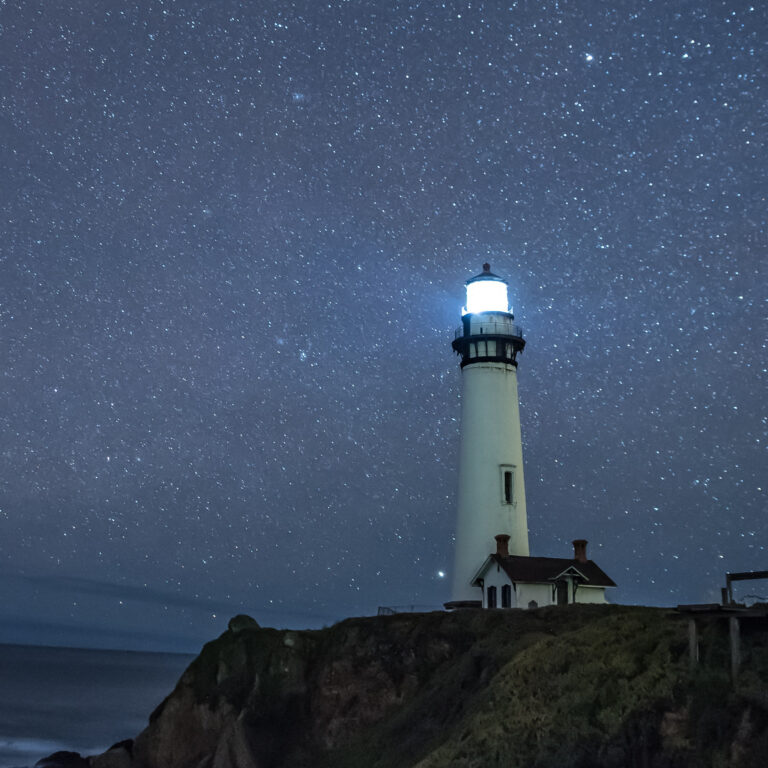Welcome to 2024! I don’t know why, but there has been something about getting older- and maybe wiser- that spurs me to make New Year’s resolutions. After all, you can’t reach a goal if you don’t set it, right? Teaching can be very rote. It’s easy to fall into a rut. It’s easy for the day-to-day demands of teaching to squeeze out some of your real desires. After you have taught for several years, you feel like you have a handle on classroom management, your curriculum is stable, and you may start to wonder, what else do I want professionally? Maybe it’s starting a school gallery. Or maybe it’s just trying to improve clean-up time with your classes. Whatever your goal, here are some things to think about.
- Be SMART with your goals. SMART is a best practice framework for setting goals. S = Specific. For example, “Cleaning out my storage closet” M = Measurable. How are you going to measure your progress? Maybe your supply closet is too crowded. Think about what you’d like to keep versus what you’d like to toss. Maybe your goal is to fill a garbage over the course of the week. A = Achievable. Cleaning your supply closet is much more attainable than “Get organized.” Goals should be split into smaller chunks. Maybe you tackle the paper storage one day and the paint area another day. R = Relevant. Will cleaning your closet help your teaching? Knowing where your materials are stored will save you time and prevent you from buying materials you already own. T = Time-bound. Set a date you want it done by, say, maybe you want it completed by the start of the second term. Set times to work on it and accomplish parts of the goal. Want to know more about SMART goals? Find more HERE.
- Make a list and keep track of your goals. I keep a list on my cell phone using an app called Keep. You use whatever works for you. But it’s key to write it down and revisit those goals from time to time, maybe at the end of the marking period or at the beginning of each month. Schedule it into your phone calendar. Revisiting your goals lets you see how you progress toward them and what needs to change. I used to aim to inventory all the books in the art program. Year after year, I checked off other goals while this one just lingered. Eventually, I decided it wasn’t important enough compared to other items, so I got real with myself and struck it off my list.
- Join a professional group and get involved. When I started teaching, my best allies were my fellow art teachers. There was also my state’s art educator association. Then, the internet happened, and websites for educators popped up. And then social media. I love my Facebook groups. You can find help for anything that you are struggling with; from lesson ideas to art media questions, there is someone who can help. Take advantage of all the digital resources and platforms that exist.
- Give back. Share your work. Make time to give something back. Share a lesson that went well in a FB group or Instagram. Or maybe this is your year to start a blog. Or maybe you made a unique class syllabus. Or a handout on how to care for brushes. Or maybe you spend five minutes scrolling through your art educator FB group, and you answer a question or make a comment.
- Find or be a mentor. I’ve been on both sides of the mentoring relationship, and I would put it up there with the most meaningful parts of my career. One school had a formal mentor program, and I was fortunate to be paired with a great art teacher. Even if we had not been formally put into a mentor/mentee relationship, I really enjoy seeing what other art teachers do and love to see what teachers do well, and I am shameless. I take ideas that I like and make them mine. And it doesn’t have to be an art teacher, either. As a matter of fact, if you want to work on classroom management, look for teachers in any subject who seem to be doing it effortlessly and tap them.




